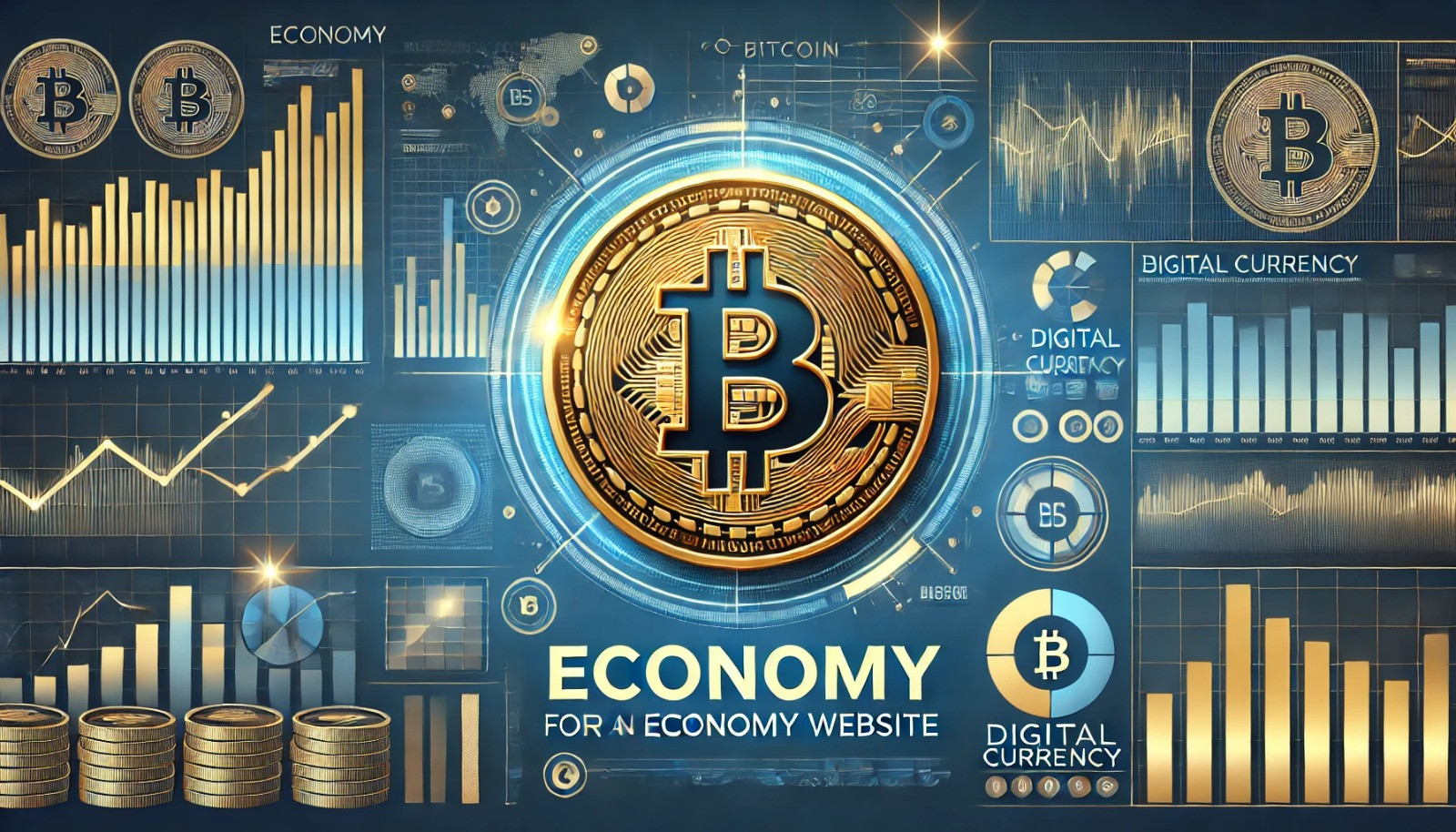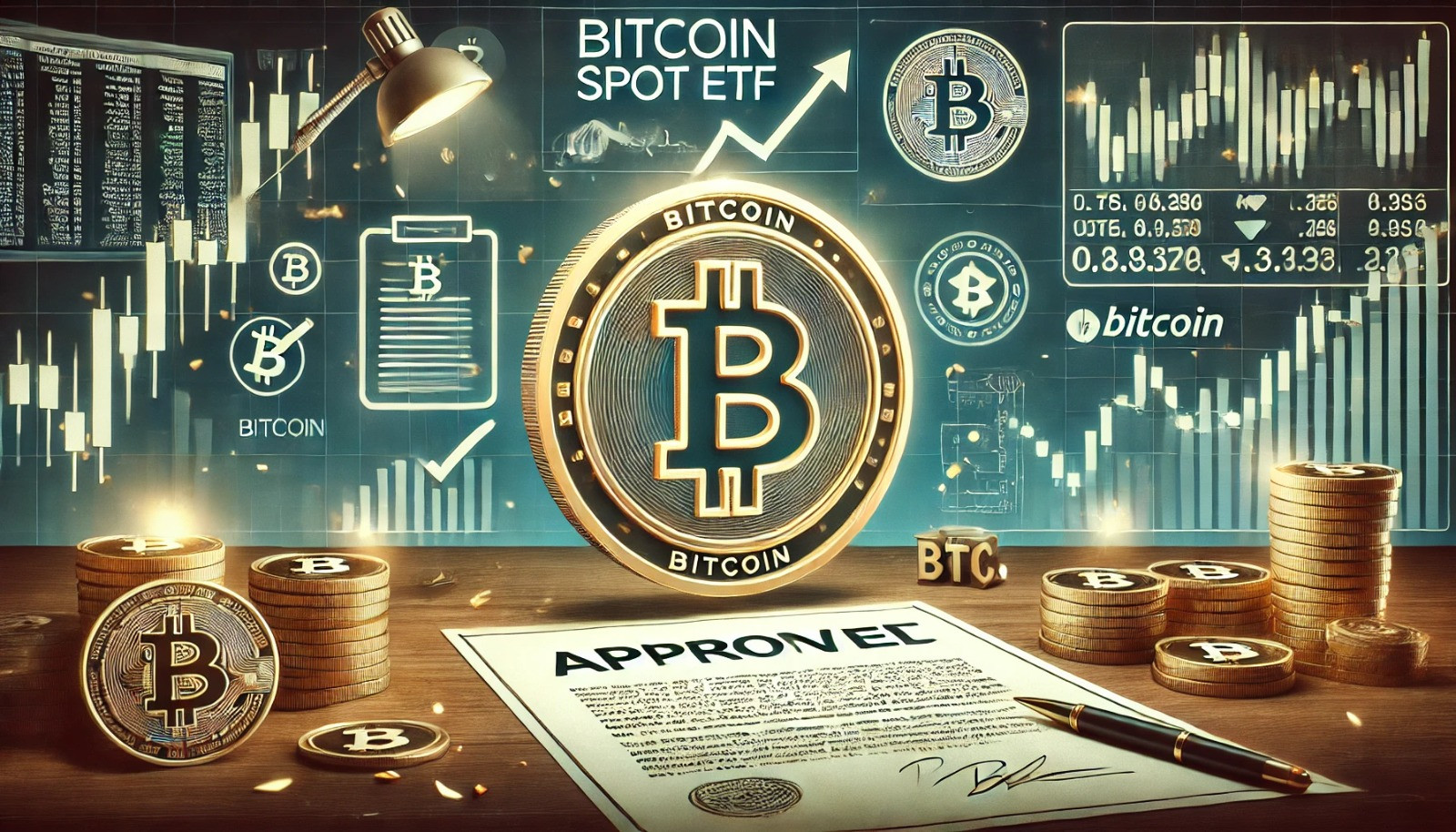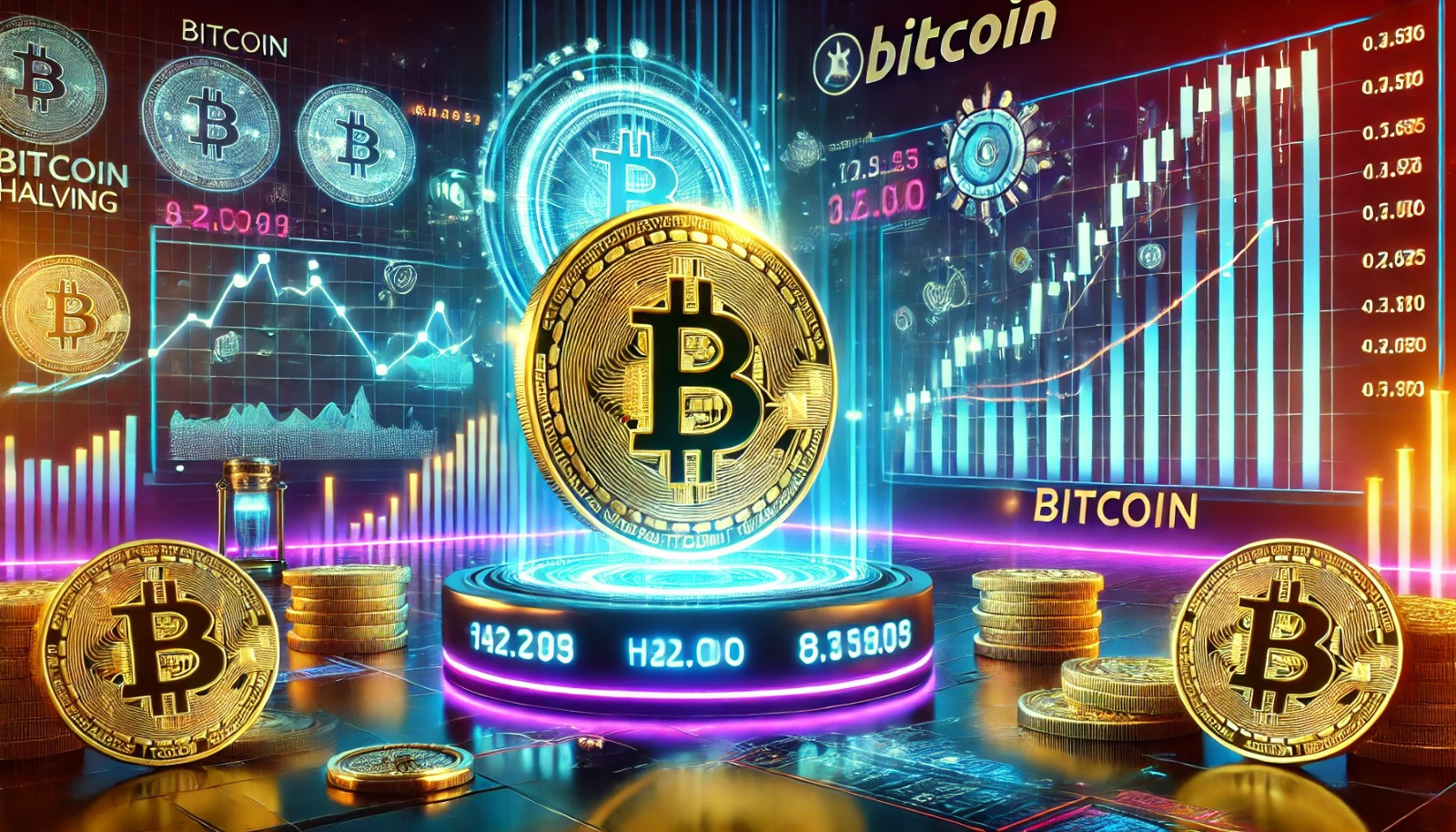
- By admin
- 24 Jun 2024
The rise of tokenization: transforming financial markets
Tokenization transforms asset management by increasing liquidity, transparency, and reducing costs. despite regulatory and technological challenges, it promises a significant shift in global financial markets, driven by blockchain technology.
The Rise of Tokenization: Transforming Financial Markets
Tokenization is rapidly emerging as a transformative force in the financial world, revolutionizing how assets are represented and traded. By converting physical and intangible assets into digital tokens on a blockchain, tokenization unlocks new efficiencies and opportunities across various industries. This article delves into the mechanics of tokenization, its benefits, challenges, and its potential to reshape the financial landscape.
Understanding Tokenization
Tokenization involves the creation of digital tokens that represent ownership or participation in a real-world asset, such as real estate, commodities, stocks, or even intellectual property. These tokens are recorded on a blockchain, a decentralized and immutable ledger, ensuring transparency, security, and easy transferability. Each token can be thought of as a digital certificate of ownership that can be bought, sold, or traded on blockchain platforms.
Mechanics of Tokenization
Asset Selection: The first step in tokenization is identifying the asset to be tokenized. This could range from physical assets like real estate and art to financial instruments like bonds and shares.
Smart Contracts: Smart contracts, self-executing contracts with the terms directly written into code, are used to manage the tokenization process. They automate the issuance, transfer, and management of tokens, ensuring compliance with regulatory requirements and contractual agreements.
Token Issuance: The selected asset is divided into fractional ownership units, represented by tokens. These tokens are issued on a blockchain platform, making them available for purchase by investors.
Trading and Settlement: Once issued, tokens can be traded on digital exchanges. Blockchain technology facilitates near-instantaneous settlement, reducing the time and costs associated with traditional trading and settlement processes.
Benefits of Tokenization
Increased Liquidity: Tokenization enables fractional ownership, allowing investors to buy and sell smaller portions of an asset. This increased liquidity can make traditionally illiquid assets, like real estate and fine art, more accessible to a broader range of investors.
Enhanced Transparency and Security: Blockchain’s immutable ledger provides a transparent and tamper-proof record of ownership and transaction history. This transparency reduces the risk of fraud and enhances security for all parties involved.
Reduced Costs: By eliminating intermediaries and automating processes through smart contracts, tokenization can significantly reduce the costs associated with issuing, trading, and managing assets.
Global Market Access: Tokenization allows assets to be traded 24/7 on global digital exchanges, providing access to a wider pool of investors and increasing the potential for higher asset valuations.
Challenges and Considerations
Despite its potential, tokenization faces several challenges that need to be addressed for widespread adoption:
Regulatory Uncertainty: The regulatory landscape for tokenized assets is still evolving. Different jurisdictions have varying regulations, which can create uncertainty and complicate compliance for issuers and investors.
Technological and Operational Risks: As with any emerging technology, there are risks associated with blockchain platforms, including security vulnerabilities, technological failures, and the need for robust infrastructure.
Market Acceptance: Widespread acceptance of tokenized assets requires a shift in mindset among traditional investors and institutions. Building trust and demonstrating the reliability of tokenization platforms is crucial for adoption.
Future Outlook
The future of tokenization looks promising as technological advancements and regulatory clarity continue to improve. Major financial institutions are exploring tokenization to enhance their offerings and tap into new revenue streams. For example, JPMorgan Chase and Goldman Sachs have launched tokenization platforms to tokenize a variety of assets, from equities to real estate. As these initiatives gain traction, tokenization is poised to become a mainstream component of the global financial system.
Conclusion
Tokenization represents a significant evolution in how assets are managed and traded. By leveraging blockchain technology, it offers increased liquidity, transparency, and reduced costs, making it an attractive option for both issuers and investors. While challenges remain, the continued development of regulatory frameworks and technological solutions will pave the way for the widespread adoption of tokenization, transforming financial markets and unlocking new opportunities.







